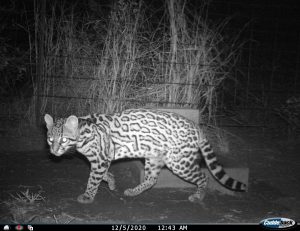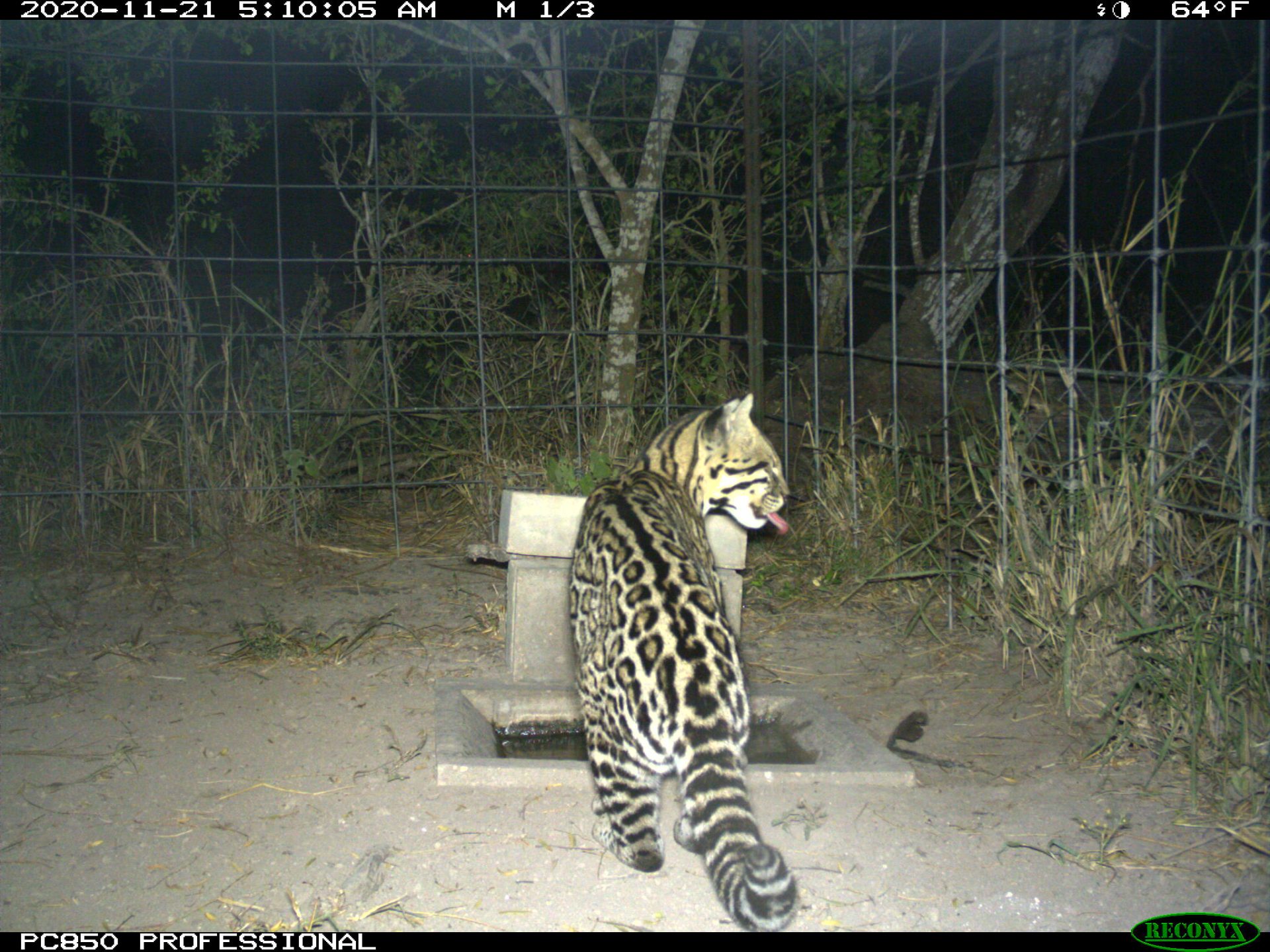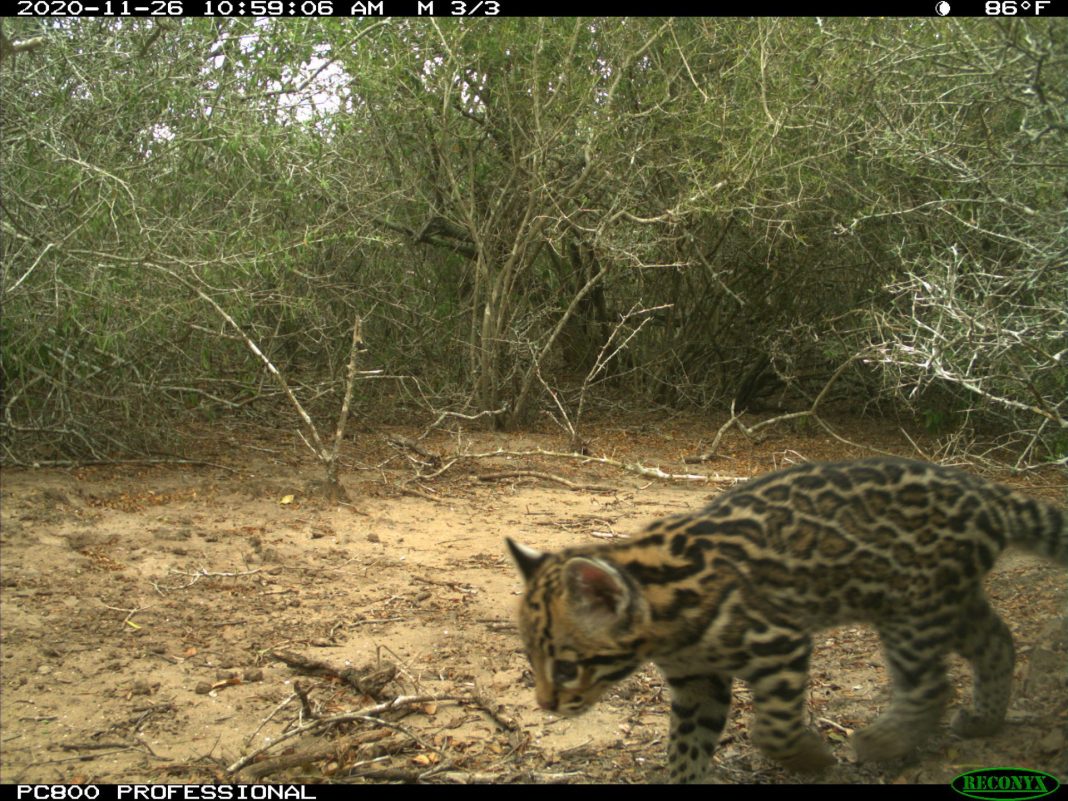|
Only have a minute? Listen instead
Getting your Trinity Audio player ready...
|

Two nonprofit conservationist groups on Wednesday announced that an ocelot killed in Hidalgo County in 2021 has resulted in some positive news for the cat that is endangered in Texas.
It appears, ocelots may have expanded their range.
In a news release, Friends of Laguna Atascosa National Wildlife Refuge and Defenders of Wildlife said that DNA from that male ocelot found dead indicates that the wild cats may have expanded in South Texas.
In 2021, the groups confirmed that an ocelot was hit and killed by a vehicle on Highway 281 in Hidalgo County about 50 miles from the known population in Texas at the Laguna Atascosa National Wildlife Refuge in Cameron County.
Samples from that ocelot were tested and in January, those tests revealed that the deceased ocelot is related to the wild ocelots in Cameron County.
“It makes you wonder, how many more ocelots are hidden out there? This is the first time there’s been confirmed evidence of an ocelot outside its range,” Dr. Tom deMaar, a wildlife veterinarian in the Rio Grande Valley and a member of the board of directors for Friends of Laguna Atascosa National Wildlife Refuge, said in the release.
Dr. Sharon Wilcox, senior Texas representative for Defenders of Wildlife, said the DNA results suggest that the ocelot that was killed occupied a region in South Texas not yet known to researchers.
“Hidalgo County may have more ocelots present in its more remote sections where appropriate habitat and access to prey exists,” Wilcox said in the release.
There are currently around 100 documented ocelots between Laguna Atascosa National Wildlife Refuge in Cameron County and private land in Willacy County.

This is the only breeding population in the country.
However, the release said much is still unknown about ocelot range and dispersal, but finding one 50 miles outside of the known range is an encouraging sign as conservation efforts ramp up.
“In South Texas, ocelots rely on the thornforest for denning and hunting. It is crucial the remaining brush stays in place,” deMaar said.
Wilcox said the news should be an insight to motorists to slow down in ocelot-occupied areas.
“While we have gained new insight into ocelots in Texas, this story also serves as a powerful reminder that motorists in ocelot-occupied areas should slow down and be aware when traveling on our roads, particularly from dusk to dawn,” Wilcox said. “Together, we can help to ensure other ocelots do not meet this same unfortunate fate.”
In March, the U.S. Fish and Wildlife Service signed a Safe Harbor Agreement to introduce and expand the range of ocelots throughout South Texas to the San Antonio Viejo Ranch in Jim Hogg County and into western Hidalgo County.




